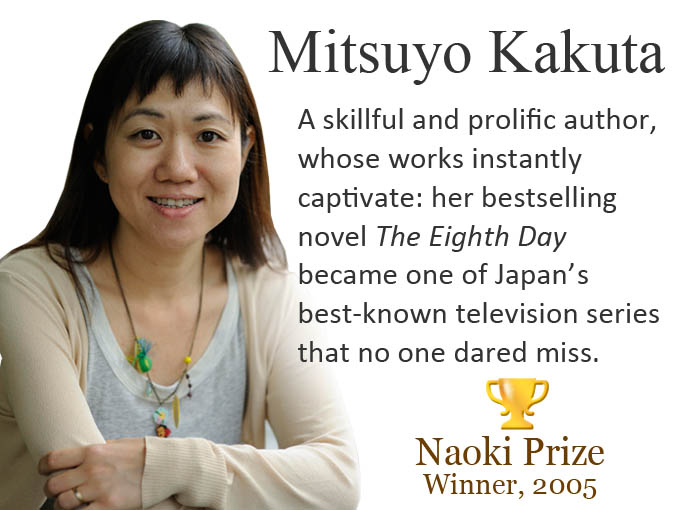- Ethics
Japan’s first medical textbook, written in 984, is considered Asia’s first book on medical ethics[UPDATED: 2-14-2018]
Japan’s first medical textbook was written in 984 by Yasunori Tamba (912- 995), who is sometimes referred to as the Hypocrates of Japan, during Japan’s Heian Period (794-1185).
The book, known as Ishimpo or Ishinpo was written in kanbun, the Chinese writing system used during this period in Japan, and presented to the Emperor of Japan.
The text consisting of 30-volumes is a systemised compilation of medical knowledge, theory, techniques and practice. It is partly based on and cites ancient Chinese texts, which no longer exist.
It covers sexual disease and practice, dental and oral problems – such as bad breath, cleft palate, toothache, and tooth decay – as well as pharmacology, surgery, obstetrics and gynecology, moxibustion and acupuncture.
The Cambridge World History of Medical Ethics lists the Ishimpo as the first Asian text in its 77-page Chronology of Medical Ethics, which starts from 4,000 BCE.
The first three individuals the chronology cites are: Moses (circa 1,200 BCE) Kong Qiu or Confucius (551-479 BCE) and Buddha (563-482 BCE). The first text included is the Hippocratic Corpus including its famous oath written in 400 BCE.
The type of traditional medical practice, including acupuncture and moxibustion, described in the Ishimpo now falls within the Japanese definition of Kampo (Chinese Medicine), which was originally used to distinguish this form of medical practice from Rampo (Dutch Medicine), the Western medical practices and techniques that Dutch traders and sailors brought with them to Japan in the 16th Century.
The oldest and most complete copy of the Ishimpo, which is illustrated in parts, is preserved at the Tokyo National Museum and is designated as a National Treasure of Japan.
The book, known as Ishimpo or Ishinpo was written in kanbun, the Chinese writing system used during this period in Japan, and presented to the Emperor of Japan.
The text consisting of 30-volumes is a systemised compilation of medical knowledge, theory, techniques and practice. It is partly based on and cites ancient Chinese texts, which no longer exist.
It covers sexual disease and practice, dental and oral problems – such as bad breath, cleft palate, toothache, and tooth decay – as well as pharmacology, surgery, obstetrics and gynecology, moxibustion and acupuncture.
The Cambridge World History of Medical Ethics lists the Ishimpo as the first Asian text in its 77-page Chronology of Medical Ethics, which starts from 4,000 BCE.
The first three individuals the chronology cites are: Moses (circa 1,200 BCE) Kong Qiu or Confucius (551-479 BCE) and Buddha (563-482 BCE). The first text included is the Hippocratic Corpus including its famous oath written in 400 BCE.
The type of traditional medical practice, including acupuncture and moxibustion, described in the Ishimpo now falls within the Japanese definition of Kampo (Chinese Medicine), which was originally used to distinguish this form of medical practice from Rampo (Dutch Medicine), the Western medical practices and techniques that Dutch traders and sailors brought with them to Japan in the 16th Century.
The oldest and most complete copy of the Ishimpo, which is illustrated in parts, is preserved at the Tokyo National Museum and is designated as a National Treasure of Japan.

